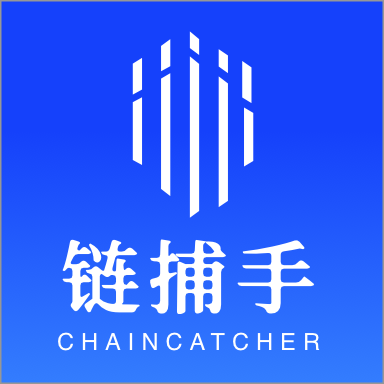Original author: Fairy, ChainCatcher
Original editor: TB, ChainCatcher
Eleven years ago, the Ethereum Foundation was registered in Switzerland, setting an early paradigm for the governance structure of crypto projects. In the era of all-chain development, the foundation has become the standard for Layer 1 projects - decentralized, non-profit, and serving the community. These labels were once regarded as the gold standard of governance for blockchain projects.
However, a recent article by a16z, “ The End of the Cryptocurrency Foundation Era ”, has reignited people’s thinking about foundations. The reality of this idealized structure is gradually exposed, and the halo of foundations is fading rapidly.

When ideals become reality: a sample of the foundation model out of control
The ideal foundation, with a strong moral aura, is regarded as an indispensable bridge between the initial stage of the project and autonomous governance. However, as many projects enter the mature and scaled stage, this mechanism has begun to show structural fatigue. Internal struggles, resource mismatch, weakened community participation... More and more project foundations have governance imbalances in actual operations, and the gap between ideal and reality is being magnified.
The Arbitrum Foundation once allocated a large amount of ARB without the approval of the DAO, which aroused strong opposition from the community. The foundation explained it as poor communication. The Kujira Foundation used KUJI tokens for leveraged operations, but suffered a series of liquidations and a sharp drop in the price of the currency. Finally, the treasury was handed over to the DAO. The Ethereum Foundation has been criticized many times for selling ETH at high prices, inefficiency and inaction. Although it has recently begun reforms, doubts have not dissipated.
In terms of power structure, the early Tezos project fell into a long-term internal struggle due to the power struggle between the foundation and the founding team, which not only delayed the coin issuance process, but also triggered investor lawsuits. A similar situation also occurred in the Cardano Foundation, which was accused of marginalizing founder Charles Hoskinson and lacking active action on key matters such as on-chain governance and charter drafting.
It can be seen that some foundations are currently facing problems such as opaque governance processes, unclear power structures, weak fund management and risk control, and insufficient community participation and feedback mechanisms. In the context of a friendlier regulatory environment and rapid changes in the industry, do foundations need to re-examine and upgrade their role and governance model?

Invisible network of interests and the fate of tokens
In the actual operation of crypto projects, the division of roles between foundations and labs has gradually formed a set of structural paradigms: the foundation is responsible for governance coordination, fund management and ecological funding, while technology development is usually undertaken by independent labs or dev companies. However, there may also be a more and more complex reality of intertwined interests behind this.
According to crypto KOL Crypto Fearless, behind North American projects such as Movement, a professional foundation architecture output group consisting of lawyers and traditional compliance consultants has been formed. They provide standardized Labs + Foundation templates for projects to help them issue tokens in compliance, design governance structures, and deeply participate in key matters such as airdrop rules, ecological fund investment, and market-making cooperation.
However, these directors are usually not original members of the project, but are nominally appointed to important positions in the foundation with an annual salary of hundreds of thousands of dollars. Without being deeply involved in product construction, they hold substantial compliance veto power and even influence the flow of key resources.
We have compiled a number of public chain projects with active foundations and high participation in the past year, and counted the market performance of their tokens in the past three months and one year:

From the overall data, most of the project tokens led by the foundation have experienced varying degrees of decline in the past three months, and the annual performance is also weak. However, this trend is also affected by the overall downward trend of the altcoin market.

According to crypto KOL Crypto Fearless, two projects ranked in the top 200 by market value have planned to cancel the foundation structure in the second half of this year and merge directly into Labs. As the two mainstream organizational forms of crypto projects, the foundation and the corporate structure have their own focuses: the foundation emphasizes non-profit, decentralization and ecological governance, while the corporate system is efficiency and growth-oriented, pursuing business development and market value growth.
At the same time, a16z also stated in the article that the development company model can more accurately mobilize resources, attract talents and respond to changes quickly. As the US stock listing trend heats up and the linkage between coins and stocks intensifies, the company-led governance structure seems to have more advantages.
So, has the countdown for some foundations to withdraw already begun?










